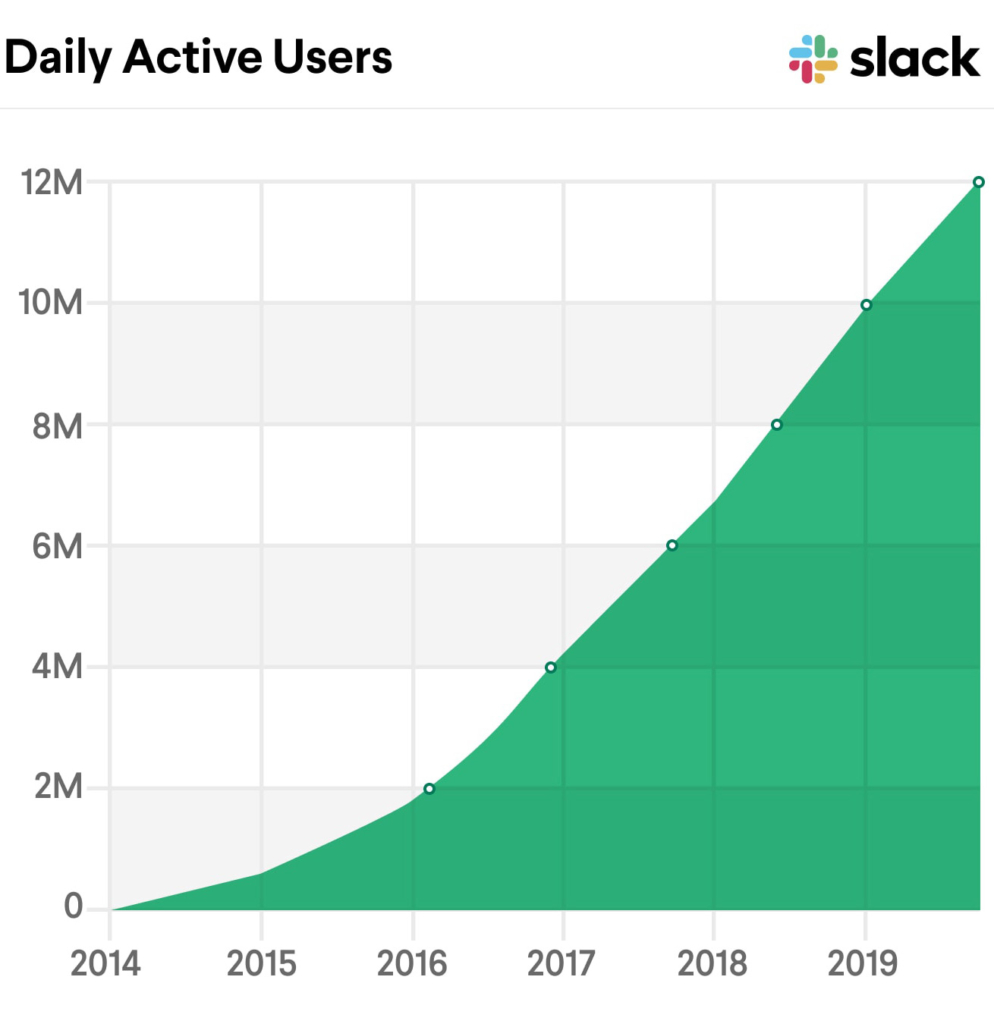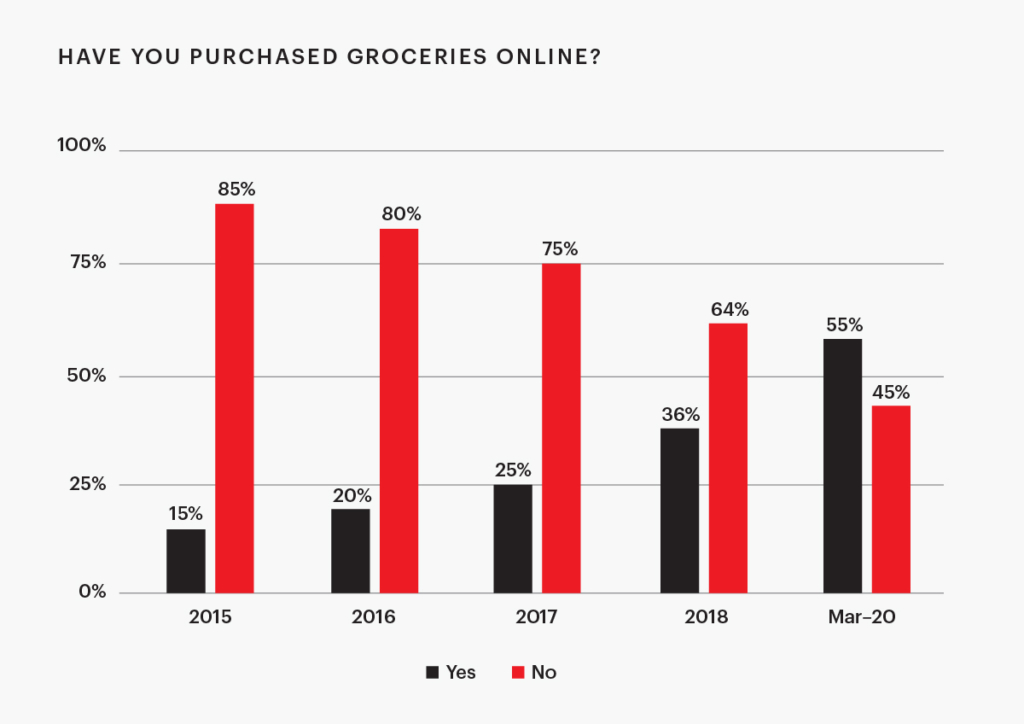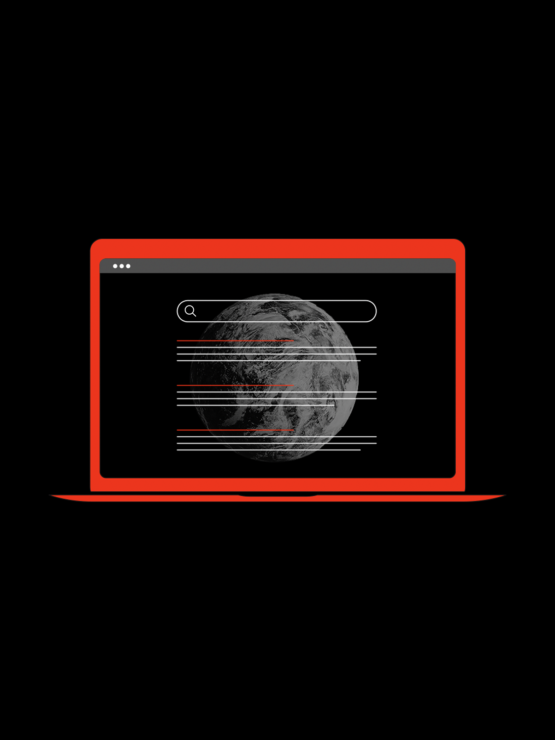How do you position your company to survive now and be prepared for the next disruption? Answer: Move fast to embrace digital transformation.
What is Digital Transformation?
Digital transformation is the adoption and customization of digital tools and technologies to create new [and rethink existing] business processes, and customer experiences, to meet changing consumer habits and competitive landscape dynamics. Simply put: establishing digital pathways to communicate, experience, source and transact, is digital transformation.
It’s a holistic approach to adopting new technologies that reaches deeper than sales, marketing and customer service. At the heart of digital transformation is brand strategy — how a company is positioned to best communicate, engage and deliver to its customers, partners and constituents. The current demand shock and supply disruption has created an opportunity to rethink every business process, and has caused all business leaders to reconsider how they engage with customers, employees [current and prospective], the supply chain and fulfillment. Digital technology is leading the way forward, and deployment and adoption is happening in real time.
Innovations and shifts in consumer preferences have already taken hold. For instance, the pandemic has forced baby boomers to become rapid adopters of digital technology, closing the gap with digital-native millennials and generation Z. Grandparents now know how to use Zoom, order groceries from Amazon, watch sports on Hulu and movies on Netflix, and even post on TikTok. We are now experiencing an acceleration of digital changes that were already under way, and businesses must adapt to these trends that guide the way forward.
At Whitepenny we help brands reimagine the customer journey — developing and implementing core communications and business model transformations that drive marketing strategy and, through digital pathways, unlock growth.
As we move to reopen the economy, business leaders should shift to building authentic, resilient brands that are digitally flexible, distribution adaptive and consumer experience centric. McKinsey & Co finds:
- that we have vaulted five years forward in consumer and business digital adoption in a matter of around eight weeks; and
- companies must reimagine customer journeys to reduce friction, accelerate the shift to digital channels, and provide for new safety requirements.
In a Covid-19 world, business leaders should drive the consumer experience via digital platforms. Websites that simply catalog products and detail services are no longer (and never really were) sufficient — consumers must be able to explore, build, experience and communicate or transact with little to no friction.
Digital marketing is no longer about simply adding online channels [email, social and video] to the media mix; it is about integrating digital into all facets of the customer journey. When done right, digital marketing should drive efficiencies — every aspect of communications, sales and fulfillment should be easier and more enjoyable for the consumer.
Digital marketing should promote customer acquisition and retention efficiencies and unlock data to reveal insights that increase brand awareness, relevance and meaningfulness. Those insights and brand awareness drive sales growth and business expansion.
Slack’s rapid expansion from fledgling start-up to 12+ Million Daily Active Users has been remarkable, even for Silicon Valley. What is even more interesting is the company’s use of digital marketing and social media to drive word of mouth, adoption and stickiness. Slack has primarily side stepped traditional mass media. Slack starts with a great product and strong CX, but as Stewart Butterfield has remarked, a great tool is nothing without great storytelling — especially, great stories clients feel are worth sharing. Digital, email and social media are hyper efficient / low cost ways to promote storytelling.

Nike’s online business is booming — ‘digital is here to stay,’ CEO say
The company’s massive investment into digital and online, delivers a brand that thrives during the pandemic. Malls and retail stores were closed, but the Internet, social media and Nike remained open for business.

Direct-to-consumer, eCommerce and omni-channel business models drive growth and hedge against future disruption. For many businesses the pandemic is a reset, a time to design radically new customer experiences that drive more demand and enhanced access now and in times of dislocation.
The purchase of Whole Foods Market and combining the acquisition with Amazon Prime drives last mile delivery efficiencies for groceries and promotes both customer loyalty and massive amounts of consumer data.
What is the Future?
Optimize the customer experience at every touchpoint — social media, email and web. Reimagine information architecture and the flow of the customer experience across channels. Drive out friction in every process to open up exploration, support sales through rapid transactions, and create new models for customer service.




